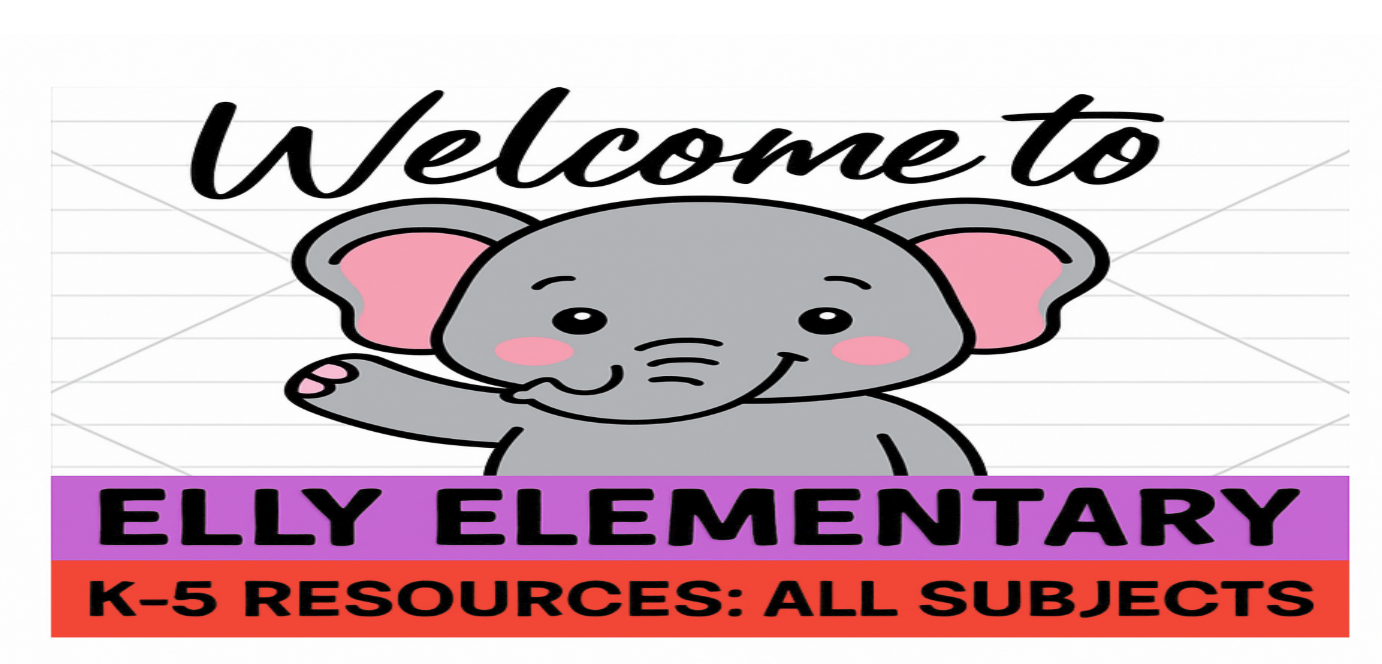Setting up clear-cut classroom management and safety protocols from the very first day of school is of paramount importance for ensuring a successful and productive school year.
Effective classroom management creates a conducive learning environment where students can thrive academically, socially, and emotionally. Here's why it's crucial and how to go about it:
1. Establishes Expectations: Clearly outlining classroom rules, expectations, and consequences right from the beginning helps students understand the boundaries and behavioral standards. This sets a tone of respect and responsibility, which contributes to a positive classroom culture.
2. Promotes Learning: A well-managed classroom minimizes disruptions, allowing teachers to focus on teaching and students to focus on learning. When students feel safe and comfortable, they are more likely to engage actively in lessons and discussions.
3. Builds Trust: When students know what to expect and understand the consequences of their actions, they trust their teacher to be fair and consistent. This trust fosters a positive teacher-student relationship, which is essential for effective learning.
4. Enhances Safety: Establishing safety protocols ensures that students know what to do in case of emergencies. This includes fire drills, lockdown procedures, and other safety measures. A well-practiced safety routine can help keep students calm and organized during potentially stressful situations.
5. Reduces Anxiety: Knowing the rules and routines helps reduce students' anxiety and uncertainty. This is especially important for the first day of school when students might feel nervous about the unknown. Clear guidelines provide a sense of structure and predictability.
6. Fosters Respect: When students understand and follow rules, they learn the value of respecting both authority and their peers. This respectful environment contributes to a positive atmosphere where everyone feels valued and heard.
7. Encourages Self-Discipline: By adhering to established guidelines, students develop self-discipline and self-regulation skills. This is a crucial life skill that goes beyond the classroom and helps them succeed in various aspects of their lives.
8. Addresses Behavioral Issues Early: Setting up a clear management system allows teachers to identify and address behavioral issues promptly. Early intervention can prevent minor issues from escalating into more significant problems.
9. Creates Consistency: Consistency in behavior expectations and consequences helps students feel secure and understand that the rules apply to everyone equally. This reduces feelings of favoritism and ensures fairness.
10. Saves Time: When students are aware of classroom routines and expectations, transitions between activities become smoother, and less instructional time is lost to disruptions.
To set up clear classroom management and safety protocols:
- Develop Clear Rules: Create a concise list of classroom rules that cover behavior, respect, and responsibilities.
- Explain Expectations: On the first day, thoroughly explain the rules and expectations to students, using examples to illustrate.
- Discuss Consequences: Clearly outline the consequences for breaking rules, ensuring they are fair and proportionate.
- Practice Routines: Teach and practice classroom routines, such as entering and exiting the classroom, transitioning between activities, and responding to instructions.
- Safety Procedures: Familiarize students with safety procedures, including evacuation routes, emergency contacts, and any relevant protocols.
- Build Relationships: Take time to get to know your students personally. A strong teacher-student relationship can prevent many behavioral issues.
- Positive Reinforcement: Implement a system of positive reinforcement, such as praise, rewards, or privileges, to acknowledge and encourage positive behavior.
- Consistency: Be consistent in enforcing rules and consequences. Inconsistency can confuse students and undermine the effectiveness of the management system.
- Regular Review: Periodically review the rules and safety procedures to ensure that they stay fresh in students' minds.
- Open Communication: Maintain an open line of communication with students, encouraging them to voice their concerns or questions about the rules and procedures.
Remember, the effort you invest in setting up effective classroom management and safety practices at the beginning of the school year will pay off in terms of a more positive, productive, and successful learning environment throughout the year.
Students need to understand that their safety is extremely important to you. A fun story to read to your class about safety in school is Officer Buckle and Gloria. Check out the book and the resource I created to make Safety First a fun time for your students while developing meaningful understandings. Check out my other back to school resources in my Elly Elementary Teacher resources store.



Comments ()